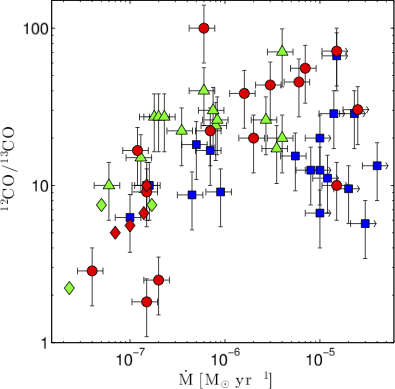Welcome back dear reader to this space, where we can get to know a bit more about some of the people in our APEX research community. In our previous inaugural edition we introduced Silvia Leurini who told us about their research about massive star forming regions and the detection of deuterated molecules like DCN with the heterodyne instruments at APEX, and Maud Galametz telling us about her research on nearby galaxies (LMC, N11, etc.). Also her study about dust properties of galaxies up to sub-millimetre wavelengths using mostly LABOCA and SEPIA180.
In this third edition we are also very happy to present Prof. Hans Olofsson. A remarkable scientist with a wide career in Radio Astronomy who has been close to the APEX project since the beginning. For us is a great pleasure to receive his words and experience with APEX.

Hans Olofsson is Professor Emeritus of Radio Astronomy at the Chalmers University of Technology, Sweden. He was Director of Stockholm Observatory (1995-2001) and Onsala Space Observatory (2005-2013). He has served as a member of, for instance, the ESO Council and the Board of the SKAO. He is a member of the Royal Swedish Academy of Sciences and the Royal Swedish Academy of Engineering Sciences.
Hello, I am happy to be interviewed, many thanks. Well, in principle, my first connection to APEX was three-fold. First, I was a co-author of the successful proposal to the Swedish Research Council to get funding for the Swedish part of the construction and operations of APEX. Second, when I became director of Onsala Space Observatory, the Swedish National Facility for Radio Astronomy, I also became in charge of the Swedish involvement in APEX. Third, my first observational experience with APEX came during the science verification observations using the Swedish-made heterodyne receiver APEX-2a.
I have used all of the facility heterodyne receivers and some of the PI heterodyne receivers as well. This has produced the lion-share of my observational data using APEX since my main probes of astrophysical phenomena are molecules. I have also made occasional continuum observations with LABOCA, SABOCA, and ArTéMiS.
I started as a PhD student at Onsala Space Observatory when it operated the, at that time, largest mm-wave telescope in the world, the Onsala 20-m telescope. This was a unique situation in which whatever we observed we produced data of much higher quality than ever before. This was a fantastic experience and it got me hooked as an, primarily, observer. I have always loved the feeling sitting at a telescope and being active during the taking of the data. It is a fantastic experience, and changes can be made to the observations as the new data come in. Of course, it also means that you get a good feeling for what is achievable observationally, as well as understanding the limitations of the data.

My career was already fairly advanced when APEX came on line, but the ability to observe from such an excellent site at increasingly higher frequencies has been fantastic. The Swedish share of the observing time was relatively high during the first ten years and this made it possible to observe large samples of stars, which is crucial for my line of research. It has also been of great importance for preparing for ALMA before it came on line, and to complement ALMA observations with crucial data that do not necessarily require the use of a large interferometer.
My most important results concern the circumstellar properties of AGB stars, where APEX has contributed significantly with higher-frequency data that are crucial for detailed radiative transfer modelling. These observations are performed on relatively large samples of stars. The results include the mass-loss characteristics, the circumstellar chemical characteristics (HCN, SiO, SiS, CS, SO, SO2, and H2S), the 12C/13C and 17O/18O isotopes ratios of AGB stars of all chemical types. To this should be added the extensive spectral scans performed towards the AGB stars R Dor and W Aql, and some crucial complementary data on the post-common-evolution, post-red-giant-branch object HD101584.

Histograms of mass-loss rate and gas expansion velocity for AGB stars of all chemical types (M=blue, S=green, C=red).

Circumstellar 12CO/13CO ratio as a function of mass-loss rate for AGB stars of all chemical type (colour coding the same as in previous figure). We think that the circumstellar 12CO/13CO ratio translates directly into the isotope ratio 12C/13C. These data have been obtained with a number of telescopes, among them APEX.

Spectral scan of the S-type AGB star W Aql obtained with APEX showing the presence of circumstellar C2H , SiC2 , SiN and HC3N, molecules that have previously been detected only towards C-type AGB stars.
I would urge them to go to APEX and participate in the collection of their data. It is a fantastic experience to be on the site actively involved in taking your data, maybe do adjustments to the observing plan depending on what is coming in, and at the same time get a feeling for the complexity involved in getting data of high quality. To be part of the commissioning of a new instrument is of course particularly exciting (if all works well).